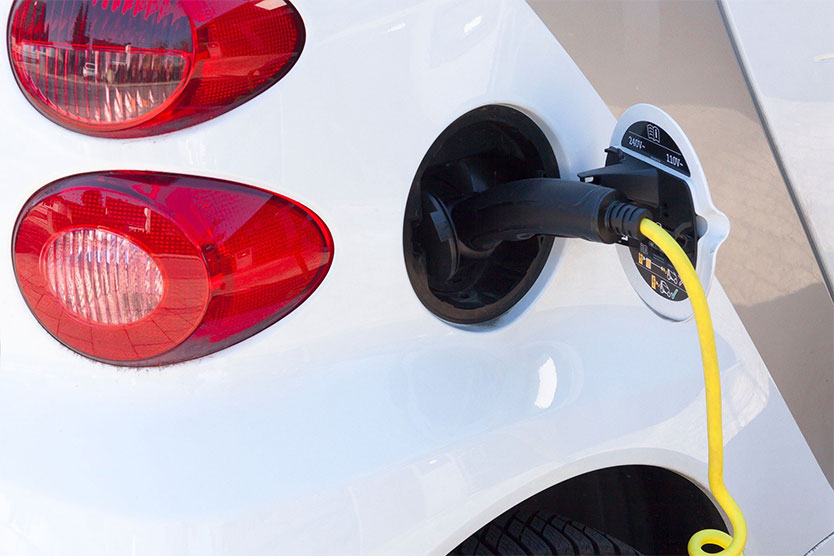
29 stakeholders from the automotive and energy industries, IT and charging infrastructure, as well as science, are developing new charging solutions under the leadership of the Munich research institute FfE.
© Pixabay
How can charging vehicles with renewable electricity be made more user-friendly and flexible? How exactly will “smart charging units” communicate with the grid? And what do compatible systems for sector coupling look like? These and other critical questions will be answered in the multi-partner initiative “unIT-e² - Reallabor für verNETZte E-Mobilität", which launched with a total budget of EUR 60 million over three years.
As a Real Laboratory of the Energy Transition, unIT-e² has received EUR 30 million from the German Ministry for Economic Affairs and Energy. It brings together 29 stakeholders from the automotive and energy industries, IT and charging infrastructure, as well as science, around a neutral framework to develop charging solutions and all under the leadership of the Munich research institute Forschungsstelle für Energiewirtschaft (FfE).
unIT-e² will take the form of four field trials. As the name suggests, the sun-E cluster in Bavaria is focusing on solar power generation and electric mobility. In northern Hesse, the Heav-E cluster investigates the impact on the grid of charging commercial e-vehicles. In the Harmon-E cluster in Lower Saxony the partners will work on harmonizing the route from the energy market to flexible charging and discharging. And finally, Cit-E-Life, which will take place in both Munich and Düsseldorf, will look at the safest and most efficient integration of e-mobility into complex urban environments.
The car manufacturers involved in the project will develop customer-oriented charging concepts, such as bidirectional and intelligent charging and the further development of ISO 15118. Meanwhile, the grid operators and energy suppliers will zero-in on the intelligent integration of electromobility into their processes, including the development of smart meter gateways and energy management algorithms.


